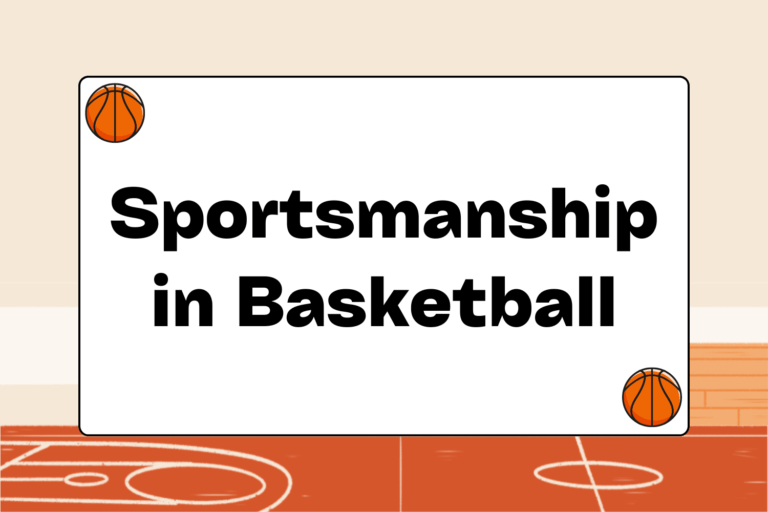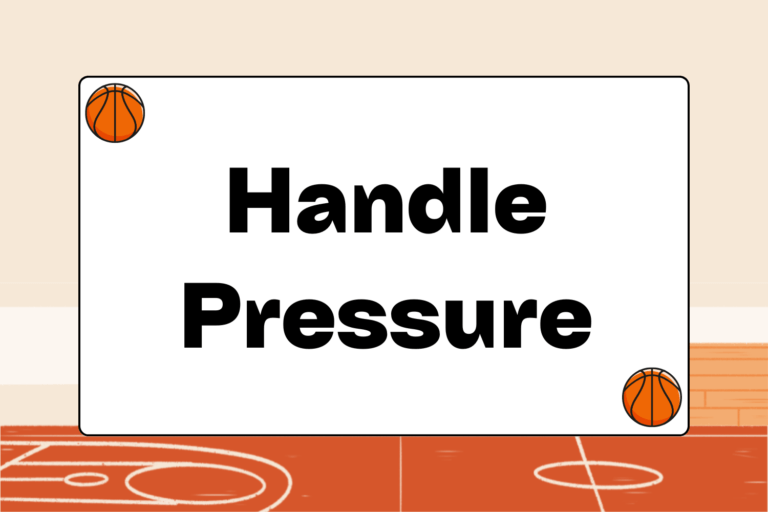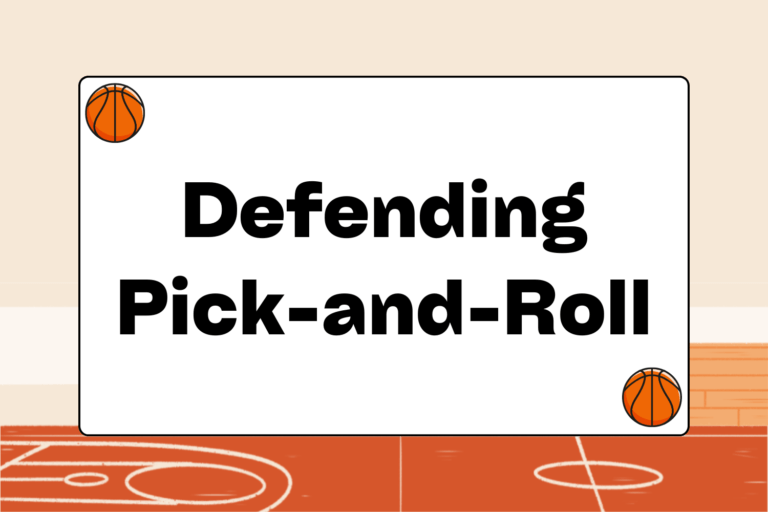For most beginning basketball players and teams, success starts on the defensive end. Working hard on defense is the quickest way to improve, and good defensive effort often translates to a win. Offensive skills can take years to develop, but newcomers to basketball can quickly become great man-to-man defenders with effort, practice, and desire.
Defensive skill can refer to playing solid man-to-man defense against an individual offensive opponent or within a defensive scheme. This guide describes both how to play effective on-ball defense and how to be part of a great team defense.
Defensive Positioning
Defensive positioning starts and ends with footwork. To get in the best possible position to stop a defender, follow these steps:
- Keep both heels on the ground and your weight on the balls of your feet.
- Your toes should be pointed straight ahead, and your feet should be roughly shoulder-width apart.
- Your knees should be bent slightly to enable quick lateral movement.
Where to Defend
An opponent with the ball has three options: Dribble, pass, or shoot. Good defensive position and strong lateral movement can take away at least two of these three possibilities. It’s important to stay close enough to the offensive player that you can slap away the ball, but not so close that he can beat you with one step. Standing too far away from the ball-handler can cause you to lunge for the ball, which leaves you off-balance.
Good man-to-man defense emphasizes taking away the opponent’s strengths. For example, you should closely crowd an effective shooter. Conversely, if you’re guarding a dribble-penetrator, take a half-step back so he can’t blow past you.
It’s also a good idea to over-play an opponent’s strong side. For instance, if you’re guarding an offensive player with a strong right hand, then drop your right foot backward a half-step to encourage him to dribble to the left. Over-playing an opponent’s strengths can force poor decisions, such as bad passes or tough shots.
A good defender should always try to find the correct on-the-ball defensive position when the opposing player gets the ball.
Hot Tip: Play the Man
Playing the man means not getting distracted by ball movement, arm movement, or jab steps. Your eyes should be focused on the offensive player’s midsection. If the offensive players’ eye level drops when making an offensive move, the defensive player’s eye level should also drop. Keep your arms out, elbows bent slightly, and palms out to deflect a pass or deny the opponent the ball.
Lateral Movement
Good man-to-man defense starts with playing the man, but quick lateral movement is the next step. Lateral movement involves quick, short steps from side to side. The defensive player’s feet should never cross when staying in front of the ball, and he should always maintain his balance with his feet spread shoulder-width apart.
To get in position, keep your hips firmly framed between your feet, and then face the opposing offensive player. Lazy habits — such as turning your hips to chase a player, reaching for the ball, and losing balance — must be avoided on defense.
Ball Denial
Imagine a triangle where your body, the ball, and the offensive player you’re guarding make up the three points. An active defender should always try to see the other two points — the ball and your man.
When denying the ball, be in position to see both your opponent and the ball as often as possible. Stay between the ball and the opposing offensive player. If the opposing ball-handler picks up his dribble, over-play the opponent with palms up to deny the pass.
Keep your arms out, elbows bent, and palms up to deflect a pass or shot. Sliding laterally with your hands raised is an effective way to disturb an offensive player who’s sprinting.
Defending the Low Post
Defending in the low post requires lower body strength, quick feet, and a lot of determination. The defender has to prevent the offensive player from establishing position near the paint. He can either front the offensive player to deny the entry pass, or play behind the opponent, preventing him from backing toward the basket. However, the defender must keep the opponent away from the basket without using his hands.
Team Defensive Principles
The best team defenses have five excellent defenders working together as a unit. If your team has one passive defender, the opposition will eventually take advantage of this weak link.
An effective man-to-man defensive team plays the passing lanes and helps when a teammate gets beaten off the dribble. If your man is two passes away from receiving the ball, take a step or two away from your opponent so you can quickly help out a teammate.
At the same time, you must close out when your man gets the ball. To defend against the shot and get in position, sprint to the opponent in quick, choppy steps with one palm raised when he receives a pass. Quickly closing out on your man and finding a strong defensive position are the best ways to drain the shot clock and get back on offense.
The Keys of Playing Defense
“Team defense is about five players that do their job on every play, and that makes you feel proud to be part of the team.”
Brad Stevens
Butler University Men’s Basketball Coach
It takes a combination of effort, practice, and desire to become an excellent defender in a man-to-man defensive setting.
- Effort refers to awareness and conditioning. Never rest on the defensive end, and work on your conditioning so you can give the same effort in the final minute as after the opening tip.
- Practice defensive positioning and help defense. Good habits in practice yield good habits during games.
- Desire means diving for loose balls and finding the right defensive position instantly.
Always be aggressive, but never over-commit or play too aggressively. The best defenders want to create a turnover more than the offensive player wants to score.





